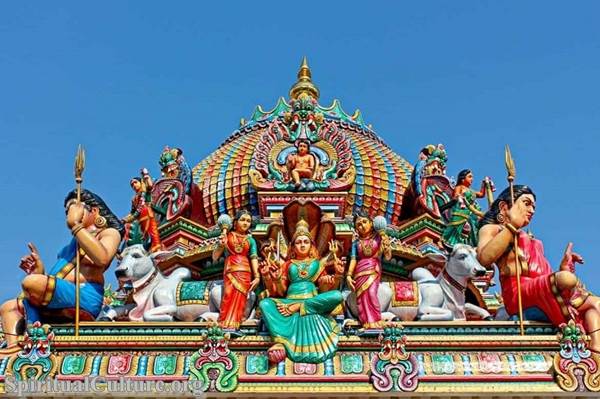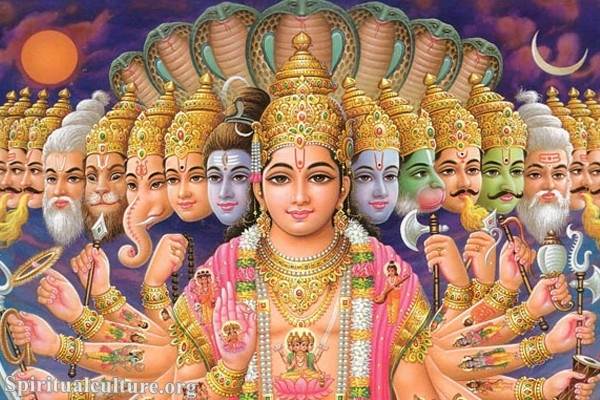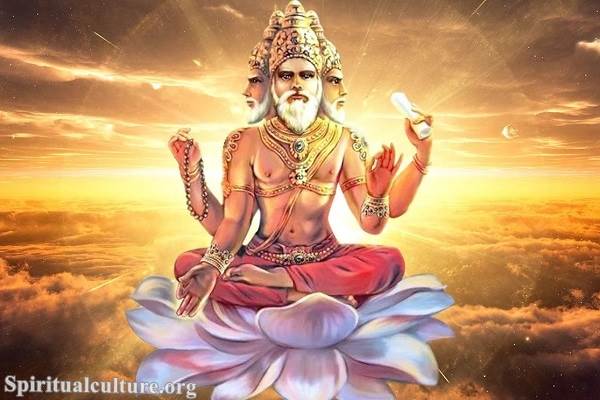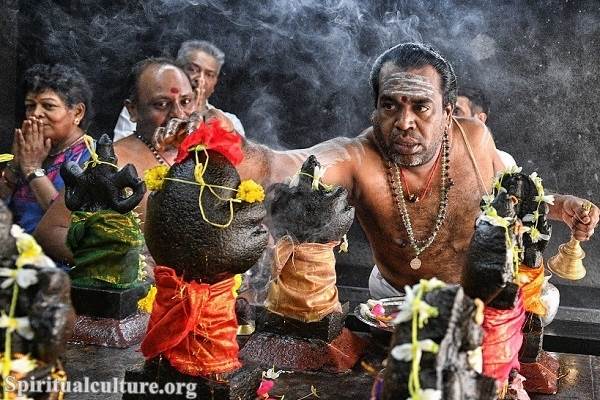Ancient and Medieval Period
Hinduism spread through cultural diffusion, as the religion was adopted and adapted by different groups of people living in the Indian subcontinent. For example, the religion was influenced by the indigenous religions of India and incorporated their beliefs and practices.
Hinduism also spread through trade and empire-building. Hindu merchants, travelers, and pilgrims introduced the religion to new areas, and the establishment of Hindu kingdoms facilitated its spread. For example, the Mauryan Empire (321-185 BCE) expanded Hinduism through its military conquests and administration, making it the dominant religion in large parts of the Indian subcontinent.
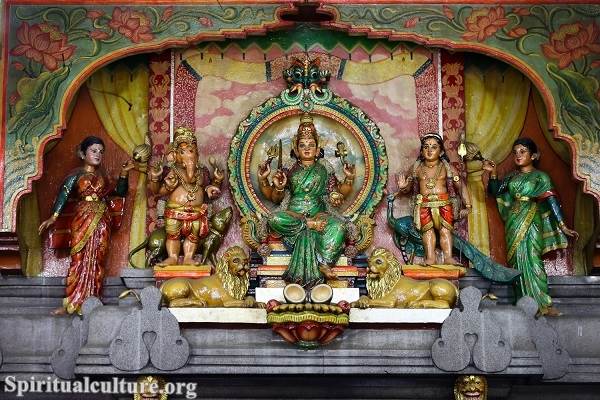
Hinduism was also spread through religious conversion, particularly through the efforts of Hindu saints and missionaries. These individuals traveled and preached the teachings of Hinduism, attracting new followers and spreading the religion to new areas.
Colonial and Modern Period
During British colonial rule in India, Hinduism was exposed to Western ideas and influences, which led to a revival of Hinduism and an effort to reform and modernize the religion.
The spread of Hinduism also continued through the migration of Hindus to other parts of the world, including Southeast Asia, Africa, the Caribbean, and Europe. Hindu communities established themselves in these areas, preserving and promoting their religious traditions and practices.
In summary, Hinduism spread through a combination of cultural diffusion, trade and empire-building, conversion, and migration.
